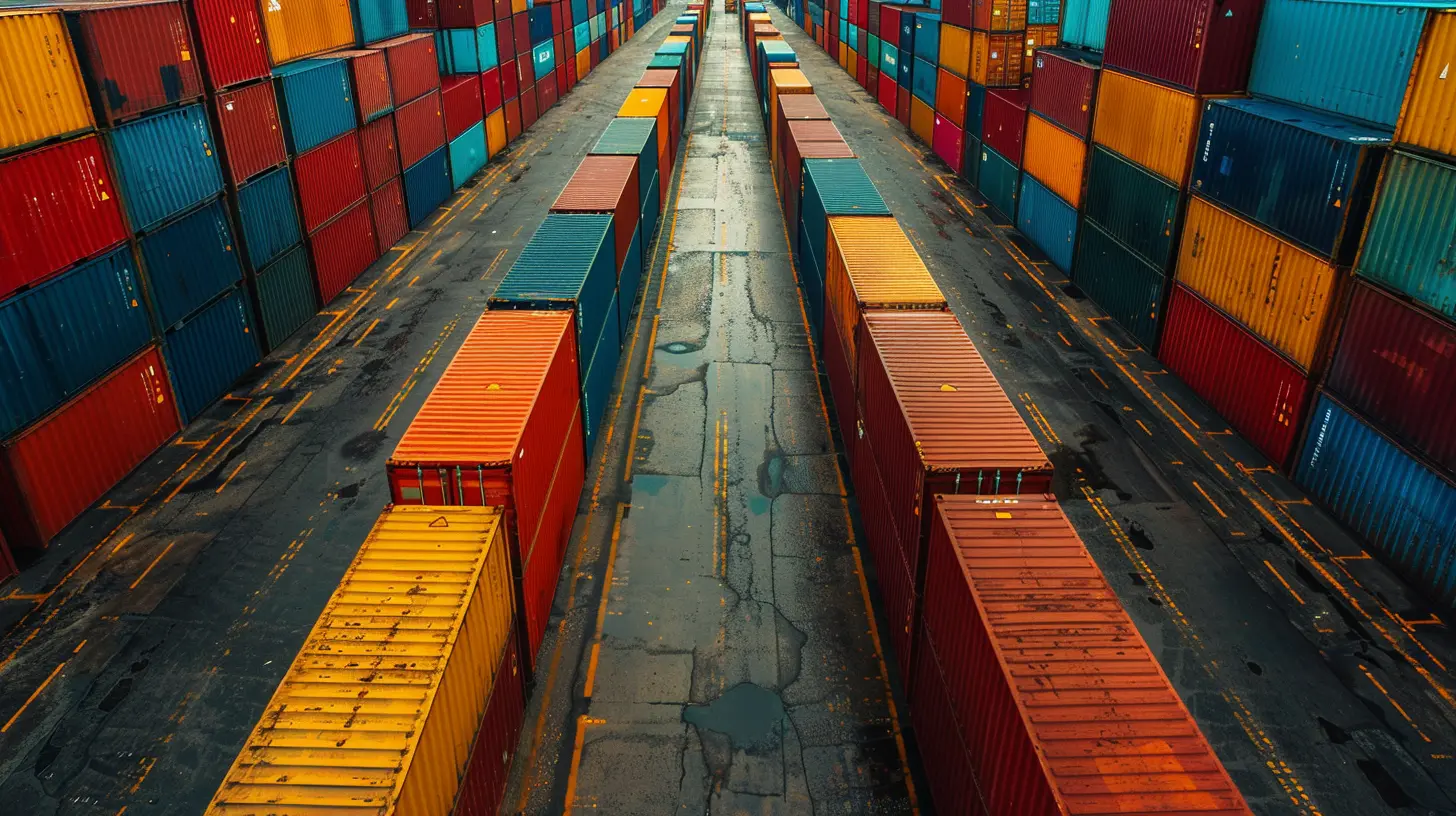Inflation’s Role in Supply Chain Disruptions: A Guide for Investors
6 July 2025
Inflation and supply chain disruptions have been making headlines for quite some time now. If you're an investor, you’ve probably noticed the ripple effects across different markets. But how exactly does inflation contribute to supply chain issues, and what does it mean for your investments?
In this guide, we’ll break it all down—without the complex jargon—so you get a clear picture of what’s happening and how to navigate it. 
Understanding Inflation and Its Effects on the Economy
Before we dive into the connection between inflation and supply chain disruptions, let’s refresh our understanding of inflation itself.What Is Inflation?
Inflation is the rate at which the general price level of goods and services rises over time, reducing the purchasing power of money. Simply put, the dollar (or any currency) in your pocket buys less today than it did last year.What Causes Inflation?
There are several reasons why inflation happens, but the most common causes are:- Demand-Pull Inflation – When demand for goods and services outstrips supply, businesses raise prices.
- Cost-Push Inflation – When production costs (wages, raw materials, energy) increase, companies pass those costs onto consumers through higher prices.
- Monetary Policy and Government Spending – When central banks print more money or governments spend heavily, it can lead to inflation.
Now, how does this tie into supply chain disruptions? Let’s find out. 
How Inflation Fuels Supply Chain Disruptions
1. Rising Costs of Raw Materials
Inflation drives up the cost of essential materials used in manufacturing. Whether it's oil, metals, or food ingredients, businesses have to spend more to produce the same products. When these prices surge, companies may slow down production, leading to supply shortages.2. Increased Labor Costs
Higher inflation often leads to wage increases. Workers demand higher pay to keep up with the rising cost of living, and businesses either absorb these costs or pass them onto consumers. Some companies may even struggle to hire enough labor, further slowing down the supply chain.3. Transportation and Logistics Challenges
Fuel prices are one of the biggest culprits when it comes to inflation’s impact on supply chains. Higher fuel costs mean shipping and trucking expenses rise, making it more expensive to move products. This leads to delays, product shortages, and ultimately, price hikes at the consumer level.4. Currency Depreciation and Import Costs
When inflation rises, the value of a country’s currency can weaken. A weaker currency makes imported goods more expensive, adding another layer of cost increases. Companies that rely on global suppliers feel the pinch, which can disrupt production timelines.5. Interest Rate Hikes and Borrowing Costs
Central banks often raise interest rates to combat inflation. While this helps control inflation, it also makes borrowing more expensive for businesses. Companies that need loans to expand or maintain supply chains may scale back operations, leading to further disruptions.
Why Investors Should Pay Attention
If you’re an investor, inflation-induced supply chain disruptions can have a massive impact on your portfolio. Here’s why:Stock Market Volatility
When supply chains are constrained, companies struggle to meet demand. This can hurt sales and profit margins, causing stock prices to swing unpredictably. Investors need to be mindful of such volatility when managing their portfolios.Sector-Specific Impacts
Some industries are hit harder than others. For example:- Retailers struggle with inventory shortages and higher costs.
- Automotive companies deal with semiconductor shortages, delaying production.
- Food & Beverage firms pass on costs to consumers, affecting demand.
If you're heavily invested in sectors reliant on smooth supply chains, it’s crucial to adjust your strategy accordingly.
The Bond Market and Inflation Hedge
Rising inflation erodes the purchasing power of fixed-income investments like bonds. However, Treasury Inflation-Protected Securities (TIPS) can serve as a hedge, adjusting their value based on inflation rates.Commodity Investments as a Safe Haven
Commodities such as gold, oil, and agricultural products tend to perform well during inflationary periods. Investors often flock to them as a hedge against both inflation and supply chain uncertainties.
Strategies for Investors to Navigate Inflation and Supply Chain Disruptions
1. Diversify Your Portfolio
Relying too much on inflation-sensitive sectors can be risky. Spread your investments across various industries and asset classes to minimize losses when supply chains hit roadblocks.2. Invest in Strong Supply Chain Companies
Look for businesses that have robust supply chain management, diversified suppliers, and pricing power. Companies capable of adapting to inflationary pressures have better long-term prospects.3. Consider Inflation-Protected Assets
Adding assets like TIPS, commodities, and real estate (which historically outpaces inflation) can help balance out the negative effects of inflation on your portfolio.4. Stay Updated on Government Policies
Central banks and governments play a key role in managing inflation. Keep an eye on monetary policies, interest rate decisions, and government stimulus programs, as these can greatly influence market conditions.5. Think Long-Term
While short-term volatility is inevitable, long-term investors who stay patient and focus on fundamentally strong assets tend to fare better. Instead of reacting to every market dip, evaluate opportunities that align with your investment goals.Final Thoughts
Inflation and supply chain disruptions are deeply intertwined, creating challenges for businesses and investors alike. While inflation drives up costs and slows supply chains, savvy investors can take proactive steps to mitigate risks and seize new opportunities.Understanding these dynamics will not only help you protect your portfolio but also position you for long-term financial growth. After all, markets move in cycles—what goes up must come down, and vice versa. Being prepared is the key to riding the wave rather than being washed away by it.
all images in this post were generated using AI tools
Category:
Inflation ImpactAuthor:

Harlan Wallace
Discussion
rate this article
1 comments
Candace Adams
Inflation isn’t just a number; it’s a reality check. Investors must adapt and embrace volatility. Ignoring it means risking your portfolio’s future. Get proactive!
July 27, 2025 at 11:03 AM

Harlan Wallace
Absolutely! Adapting to inflation is crucial for safeguarding investments. Embracing volatility can lead to smarter, more resilient financial strategies.


